Discover the repoussé technique, an ancient metalworking method that creates unique relief designs. Used since...
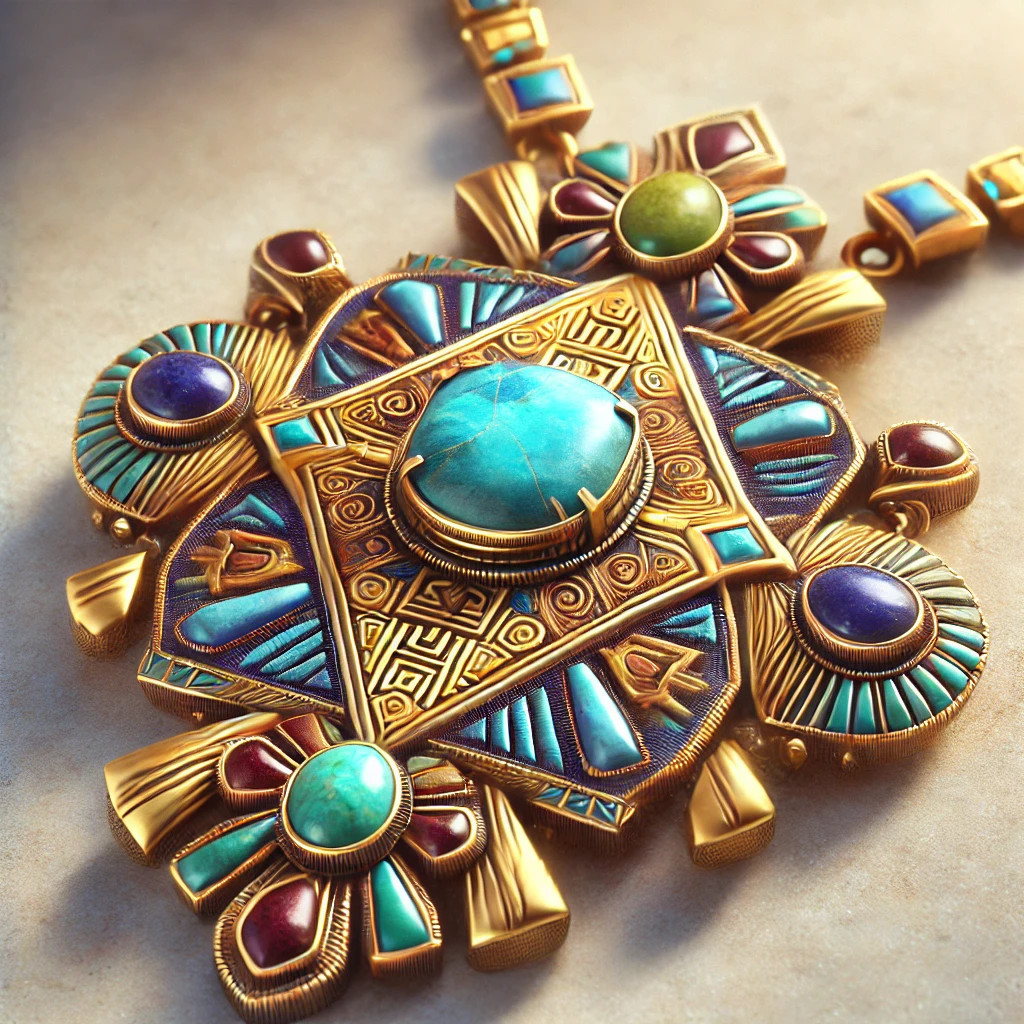
Jewelry in the Inca Empire
Jewelry in the Inca Empire: Symbolism and Splendor of an Ancient Civilization
The Inca Empire, which at its height covered much of South America from Ecuador to Chile, is renowned for its achievements in architecture, agriculture, and craftsmanship. Among the cultural treasures of this civilization, jewelry holds a central place. Made from precious metals, colorful stones, and natural materials, Inca jewelry reflected not only the exceptional craftsmanship of the time but also profound spiritual and social meanings.
Materials Used in Inca Jewelry
The Incas had privileged access to the natural resources of their mountainous territories and primarily used:
-
Gold: As a symbol of Inti, the sun god, gold was reserved for nobles and priests. It was believed that gold was the “sweat of the sun” and possessed spiritual properties.
-
Silver: Regarded as the “tear of the moon,” silver was used to honor Mama Killa, the goddess of the moon. Although less prestigious than gold, it held significant spiritual importance.
-
Gemstones: The Incas used various colorful stones, such as turquoise, quartz, malachite, and lapis lazuli. Each of these stones was associated with specific powers and protective qualities.
-
Feathers and Shells: The colorful feathers of exotic birds and marine shells were incorporated into jewelry for their rarity and brilliance, adding a touch of exoticism and prestige.
Types of Jewelry in the Inca Empire
Inca jewelry included various types of adornments, often highly elaborate and symbolic:
-
Pectorals and Necklaces: These large chest pieces were often worn by nobles and priests during important ceremonies. Necklaces were made of gold, silver, or gemstones and frequently decorated with religious symbols.
-
Earrings: Earrings were symbols of social status. Nobles and members of the royal family wore gold or silver earrings, often so large that they stretched the earlobes. This stretching was a sign of distinction and respect.
-
Bracelets and Anklets: Worn by both men and women of the elite, these jewelry pieces were often decorated with geometric patterns and images of Inca deities.
-
Crowns and Diadems: Inca kings and high-ranking nobles wore gold crowns adorned with colorful feathers and gemstones, symbolizing their direct connection to the gods.
-
Pins and Brooches (Tupus): The Incas used decorative pins to fasten their clothing. These pins, often made of gold or silver, were decorated with religious symbols or natural motifs.
Symbolism and Role of Jewelry in Inca Society
In Inca culture, jewelry had great spiritual and social significance. It was far more than mere adornment; each piece reflected an aspect of Inca culture, symbolizing the connection between humans and the divine:
-
Status Symbol: Jewelry was a distinctive marker of status and power. The elite wore elaborate jewelry, especially in gold and silver, to show their high position in society.
-
Spiritual Protection: The Incas believed that certain gemstones and precious metals possessed protective spiritual powers. For example, turquoise was thought to offer protection against negative energies.
-
Religious Ceremonies: Jewelry was often worn during religious rituals and festivals to honor gods and nature spirits. Inca priests, in particular, wore specific jewelry for ceremonies honoring Inti and other deities.
-
Hereditary Legacy: Jewelry was sometimes passed down from generation to generation within noble families, symbolizing the continuity of Inca heritage and tradition.
Inca Jewelry-Making Techniques
The Incas possessed exceptional skills in metallurgy and stonework. Their expertise included several techniques:
-
Hammering and Engraving: Inca artisans used hammering techniques to shape metal sheets, which they then engraved with patterns representing animals, gods, or natural elements.
-
Casting: Casting allowed them to create more complex forms. The Incas melted metals into molds to create pendants, brooches, and other detailed ornaments.
-
Stone Inlay: Gemstones were often inlaid in gold and silver pieces, adding color and spiritual significance to the jewelry.
-
Assembly: For more elaborate pieces, several elements were assembled, sometimes incorporating feathers and other exotic materials, to create grand, intricate jewelry.
The Legacy of Inca Jewelry in the Modern World
Today, Inca designs continue to inspire contemporary jewelry creators. The geometric patterns, use of precious metals, and combination with natural stones echo traditional Inca designs. In some regions of South America, artisans still use Inca techniques to create modern pieces inspired by this rich culture.
Inca jewelry remains a symbol of an era of cultural wealth, spirituality, and masterful craftsmanship. It reminds us of the deep connection between humanity and nature, a central value of the Inca civilization, and continues to captivate jewelry enthusiasts worldwide.

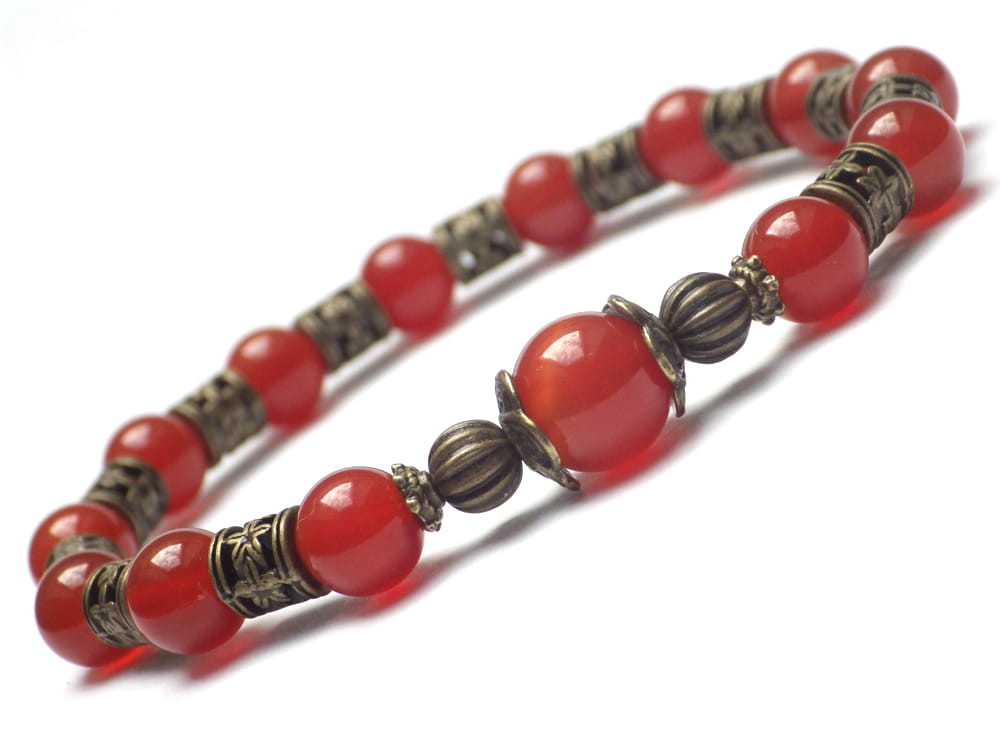
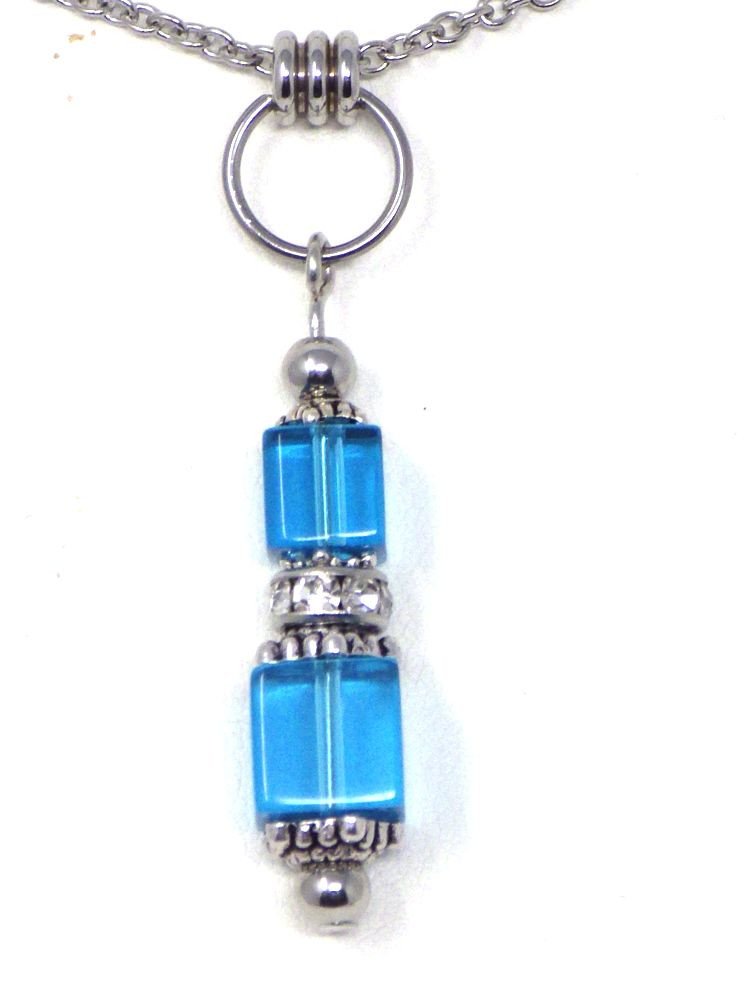
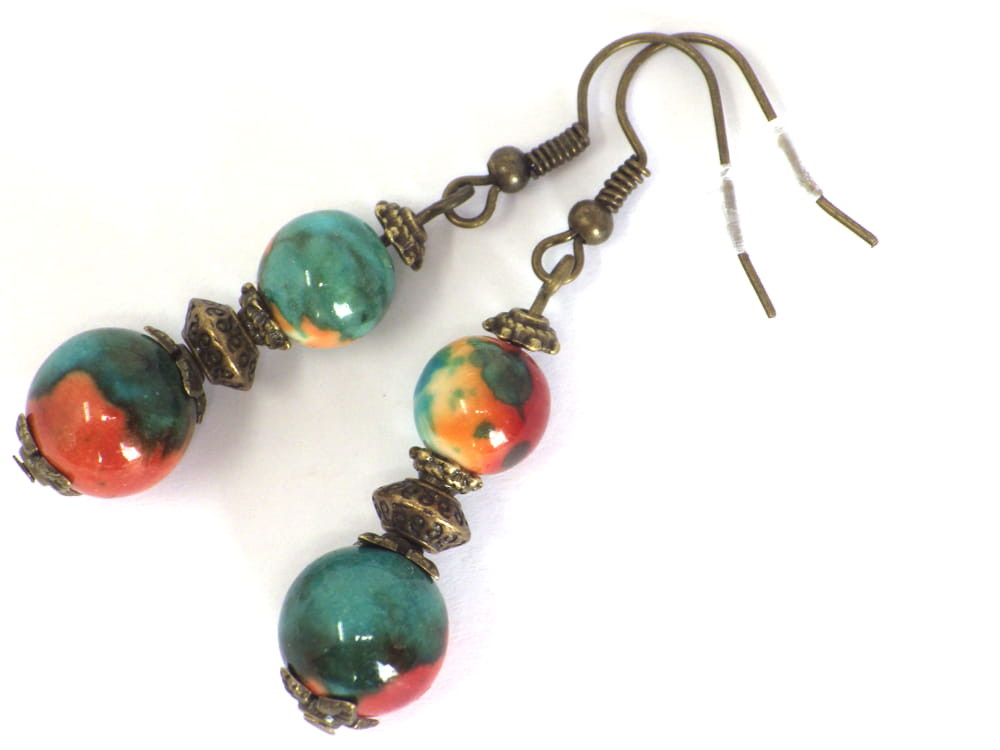

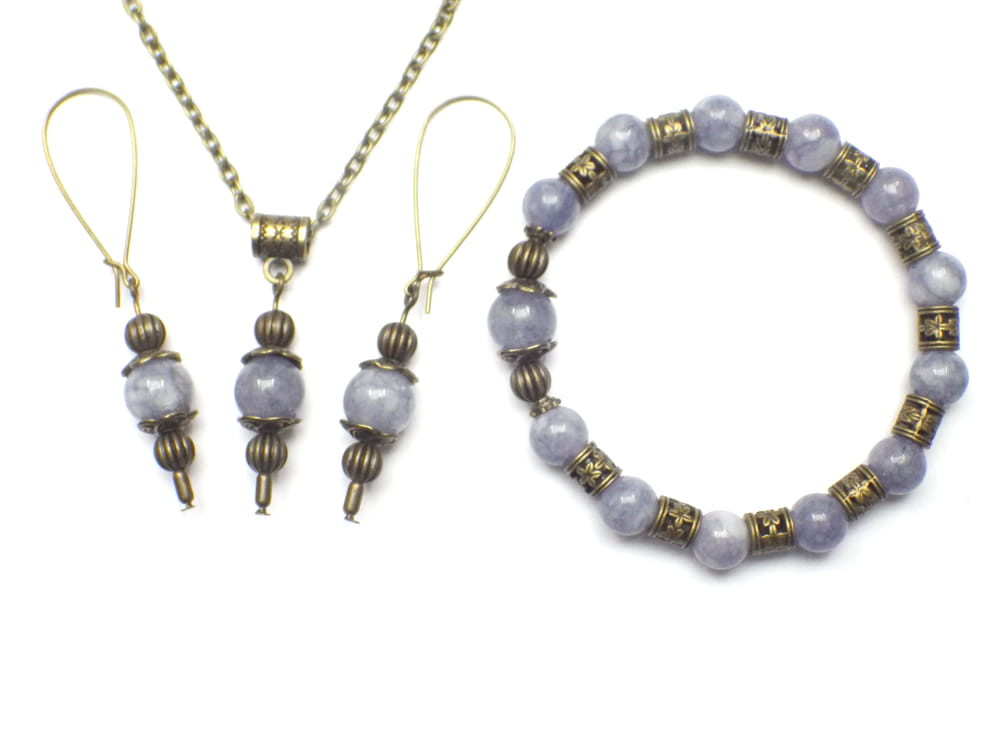
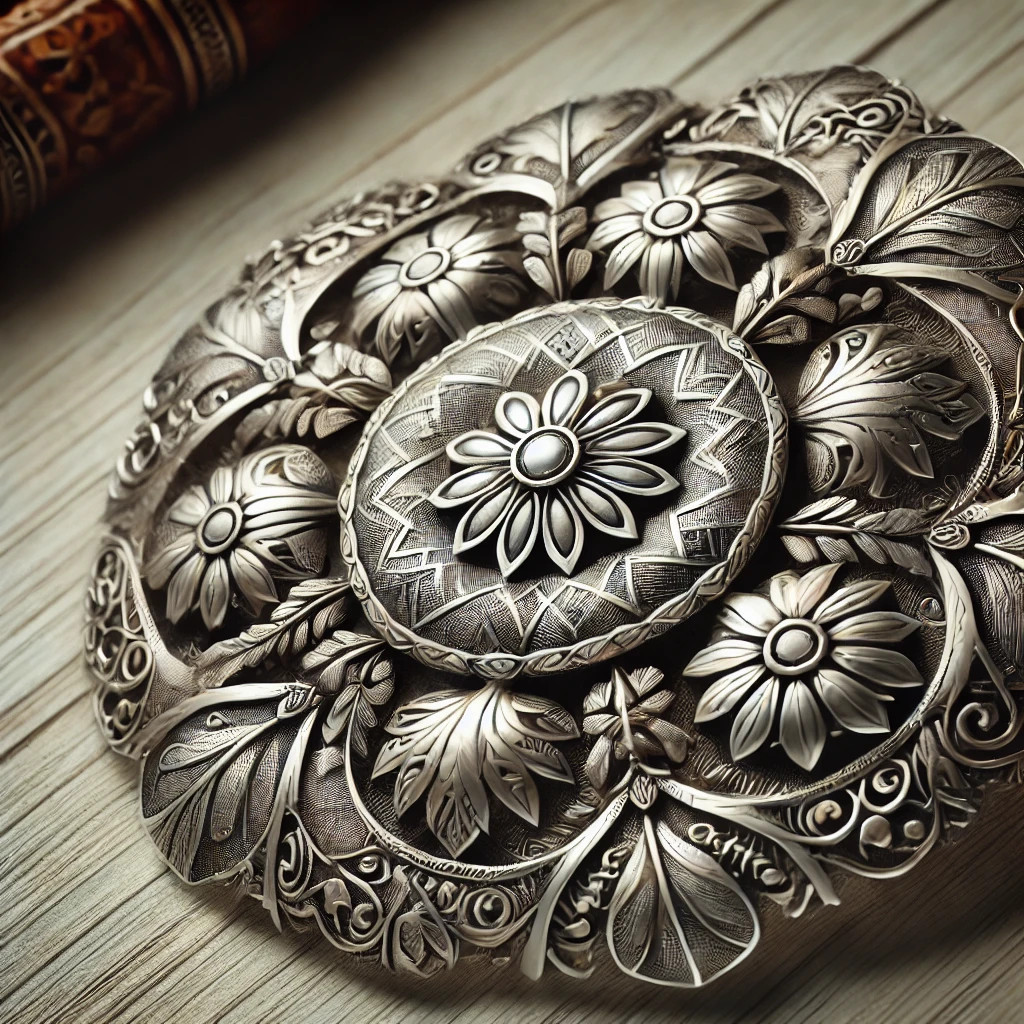
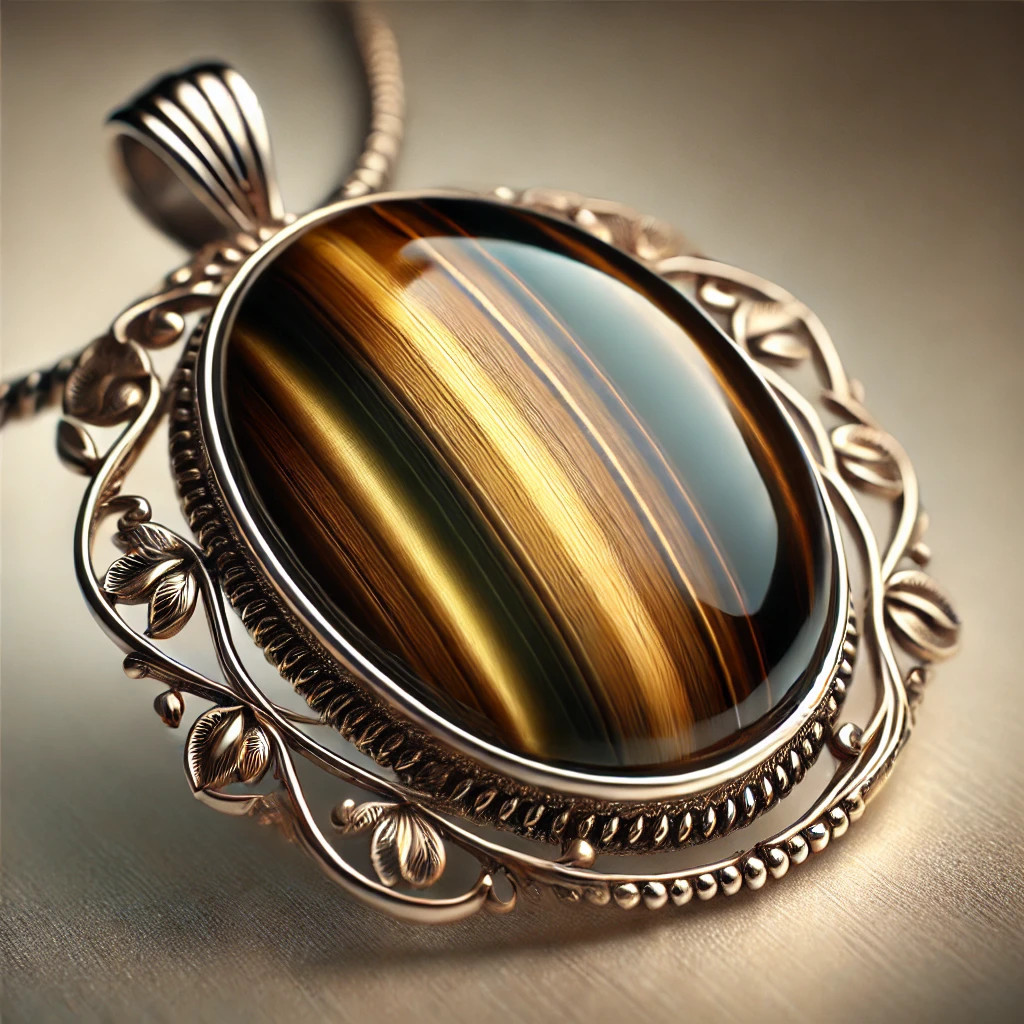
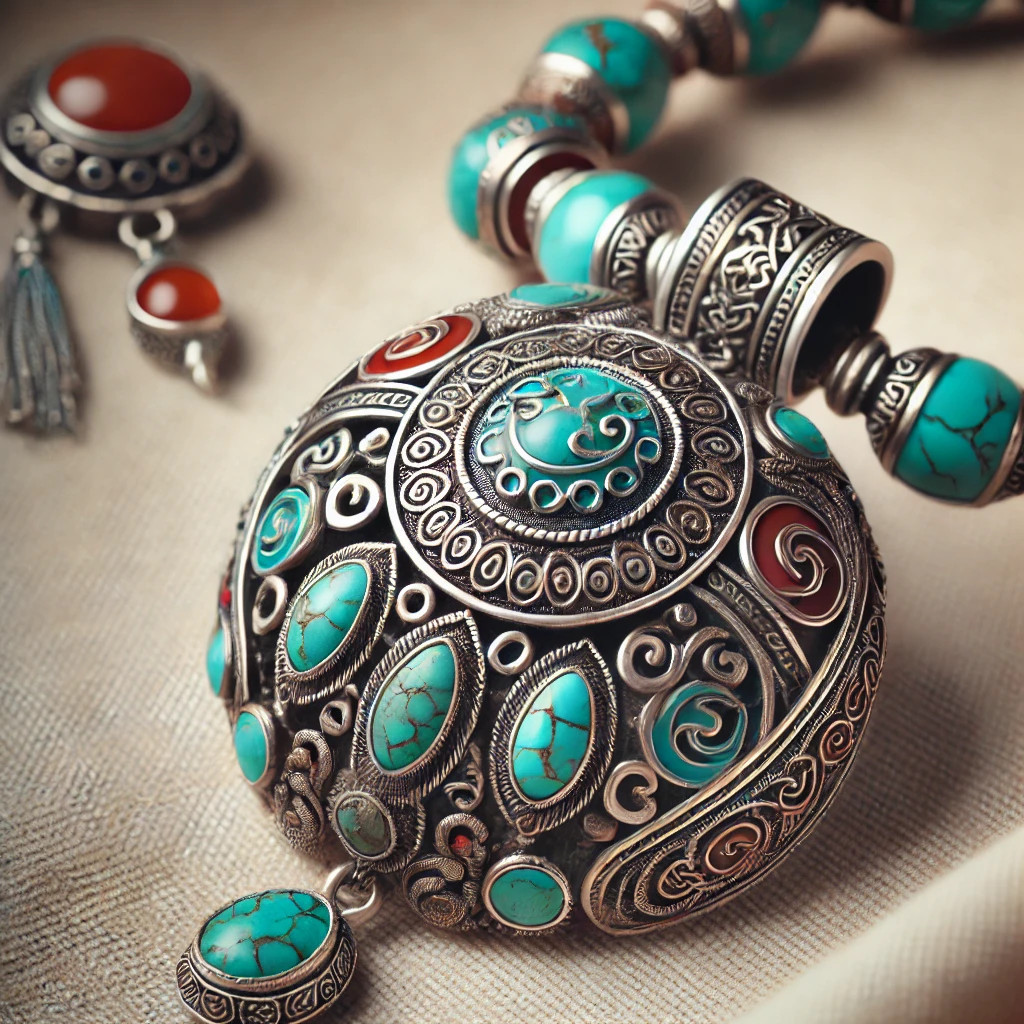
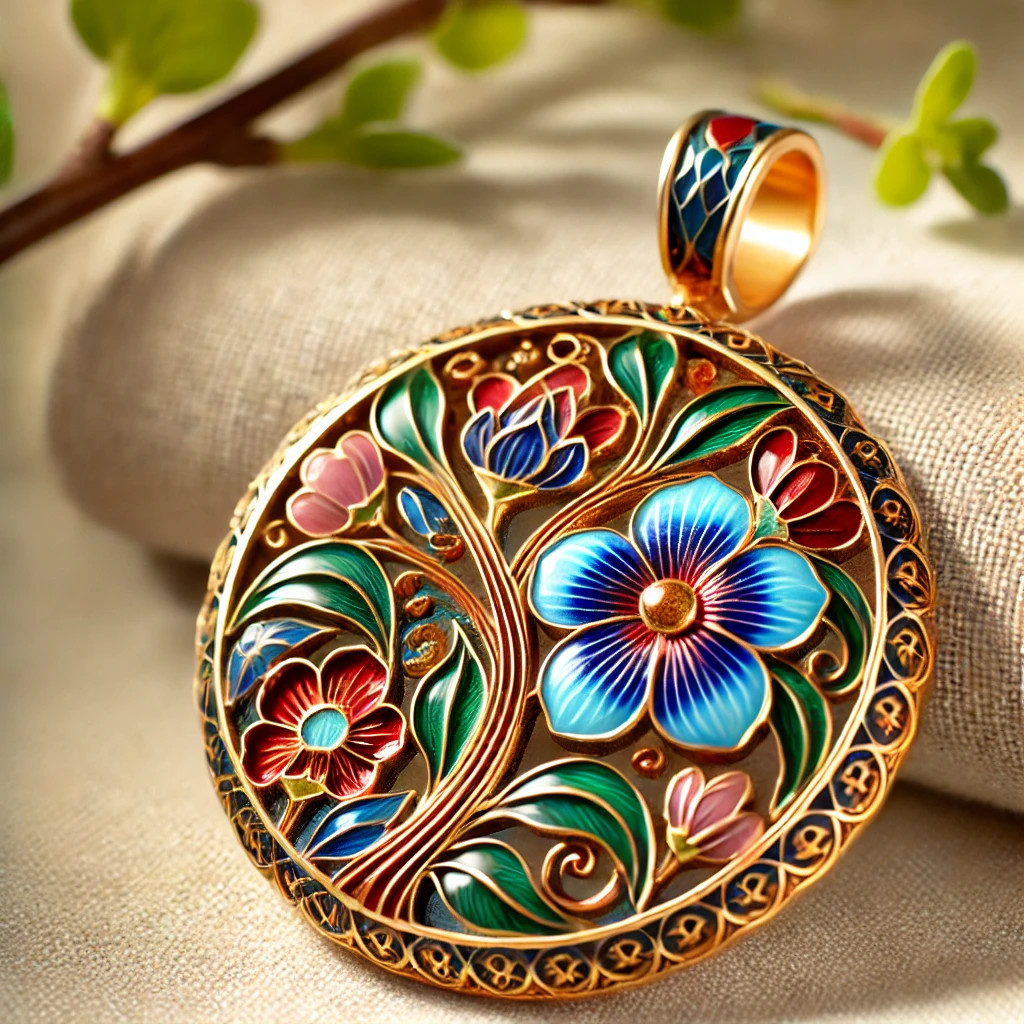

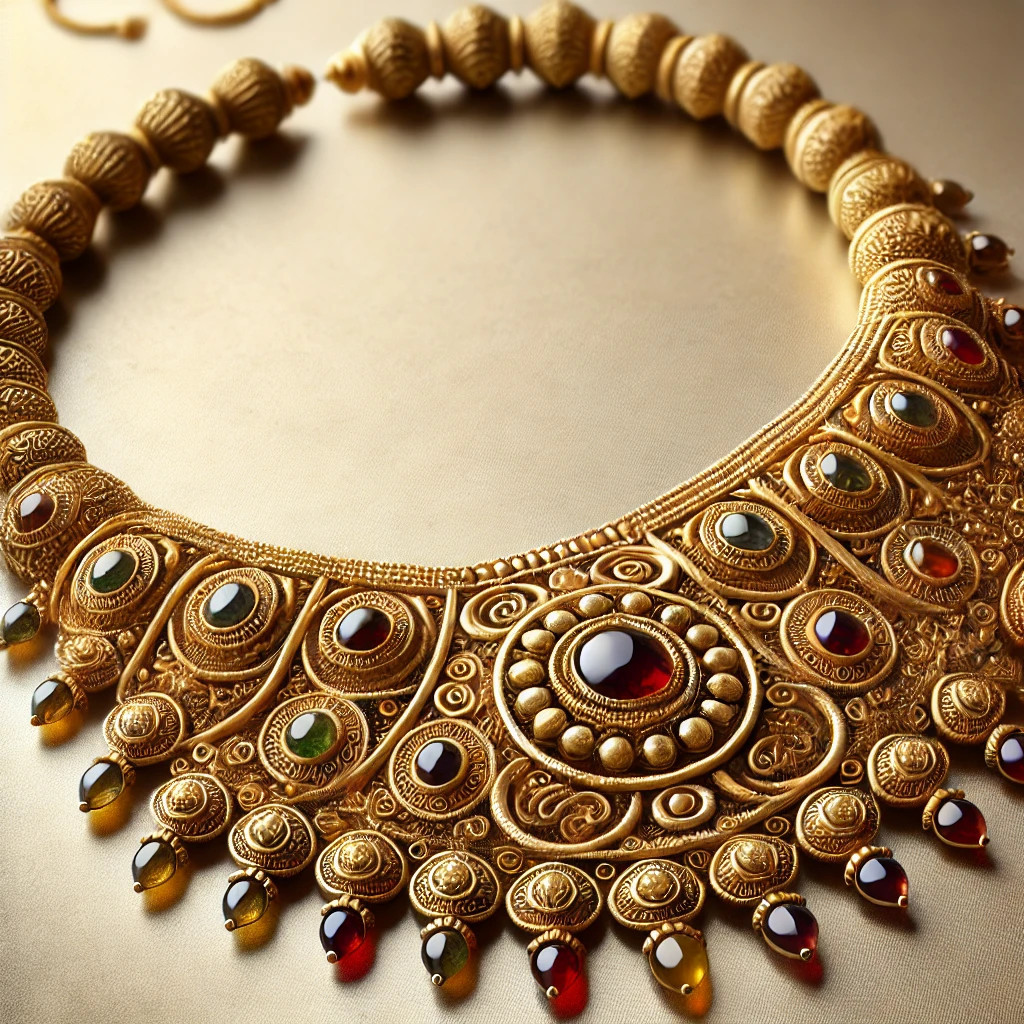
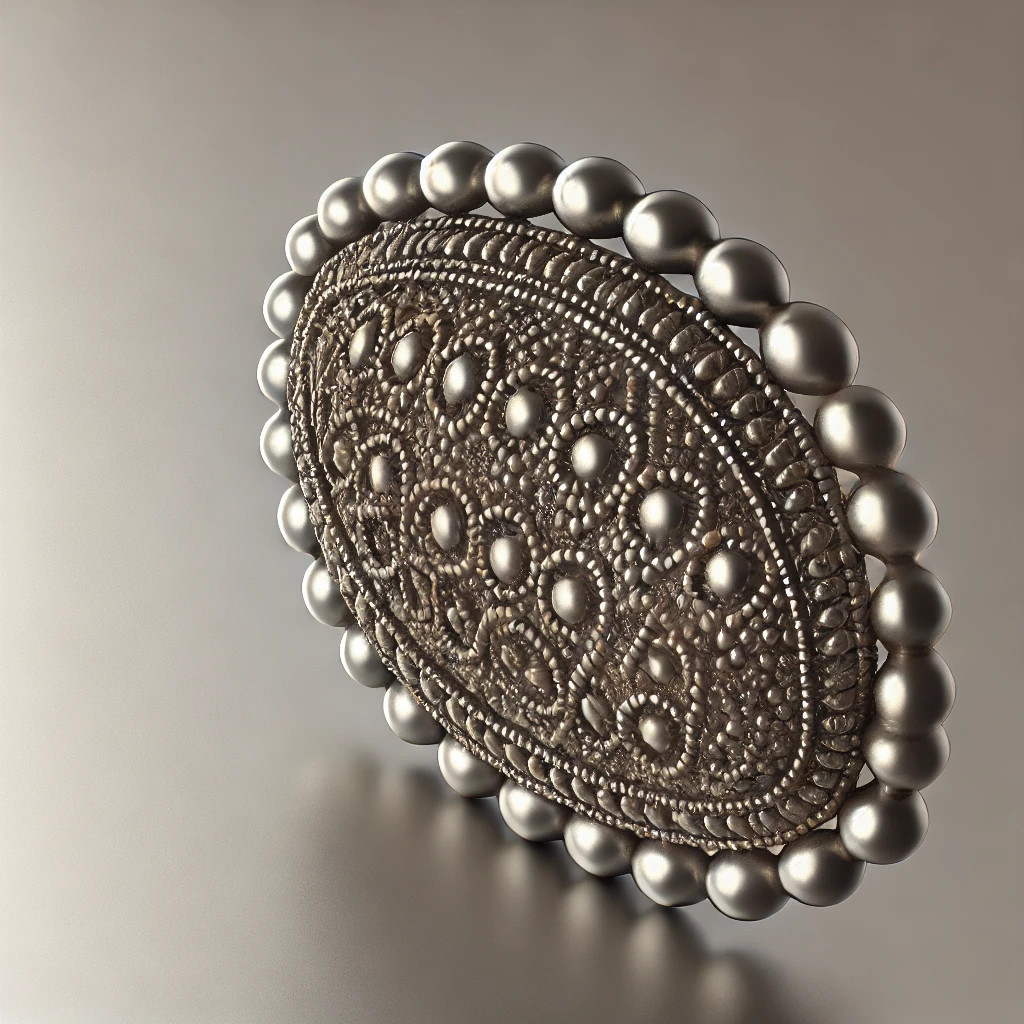

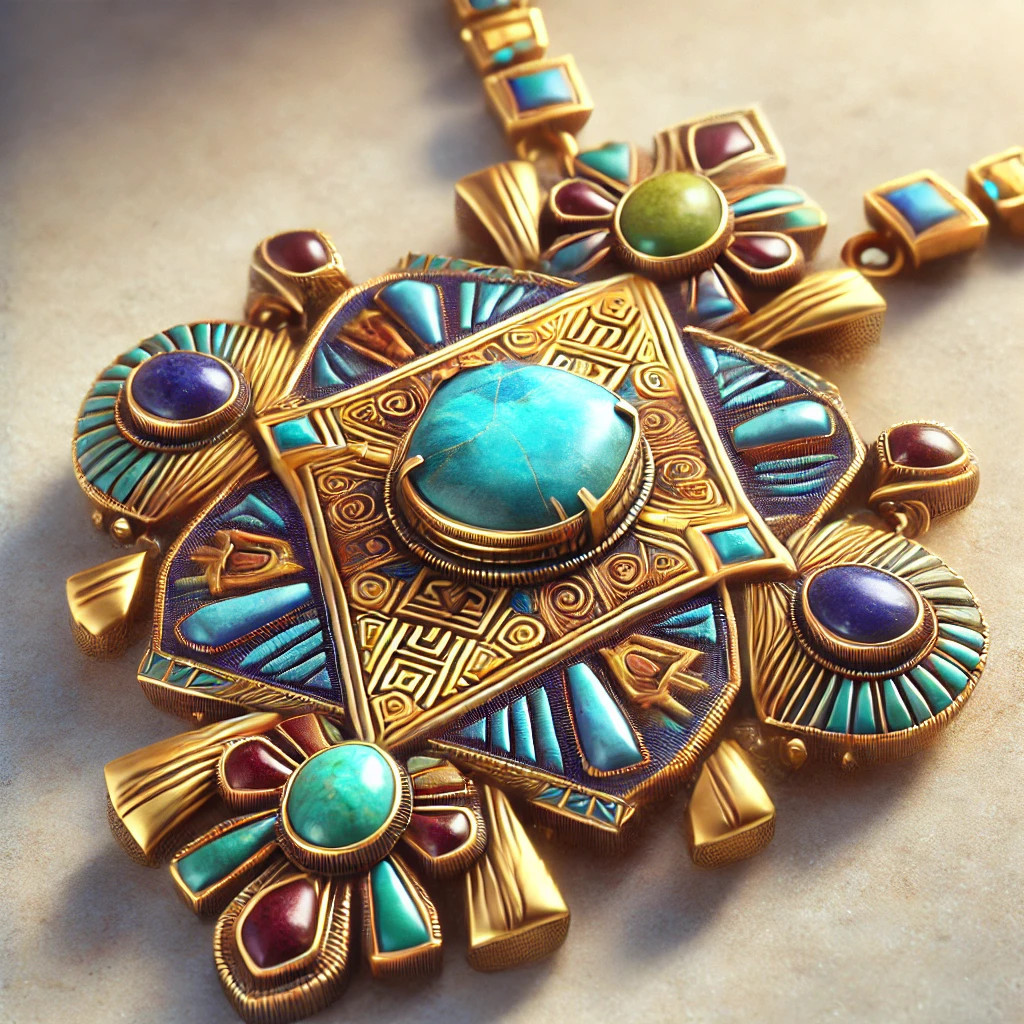



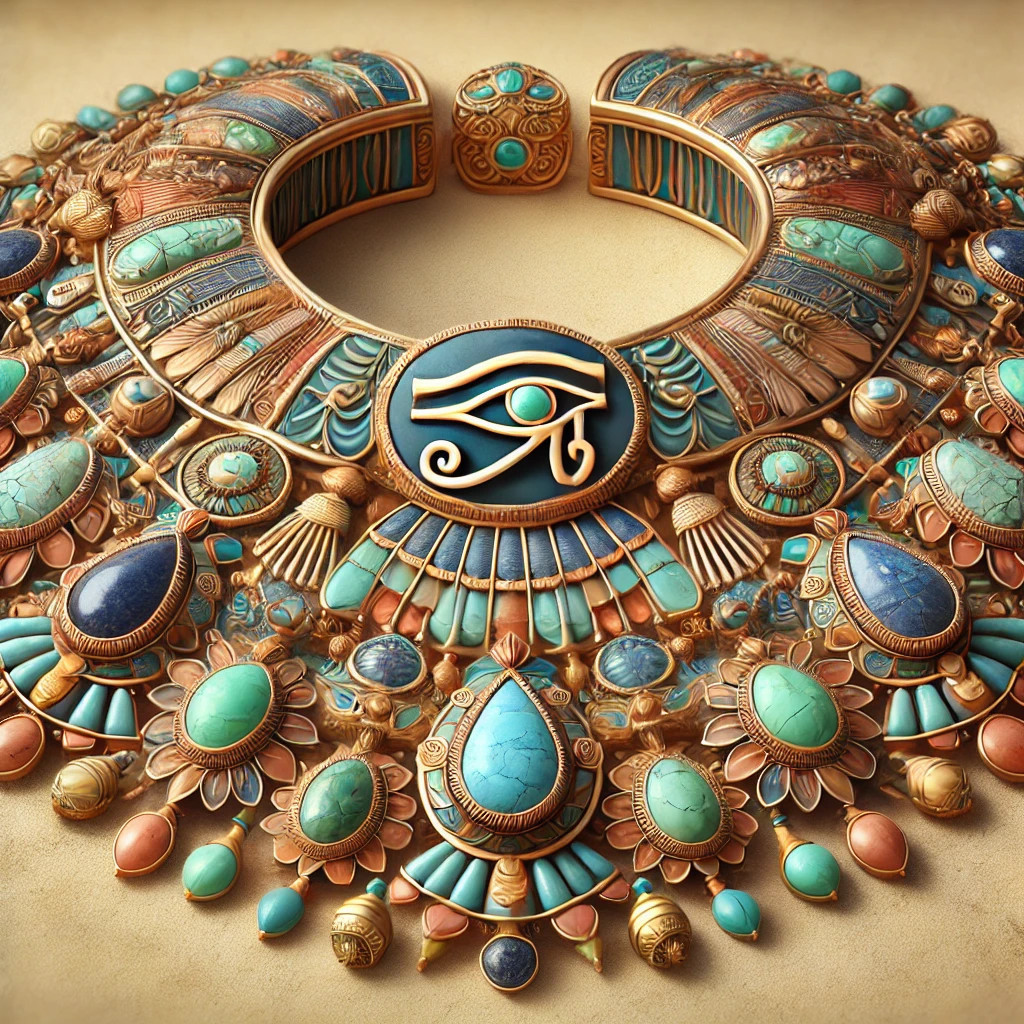

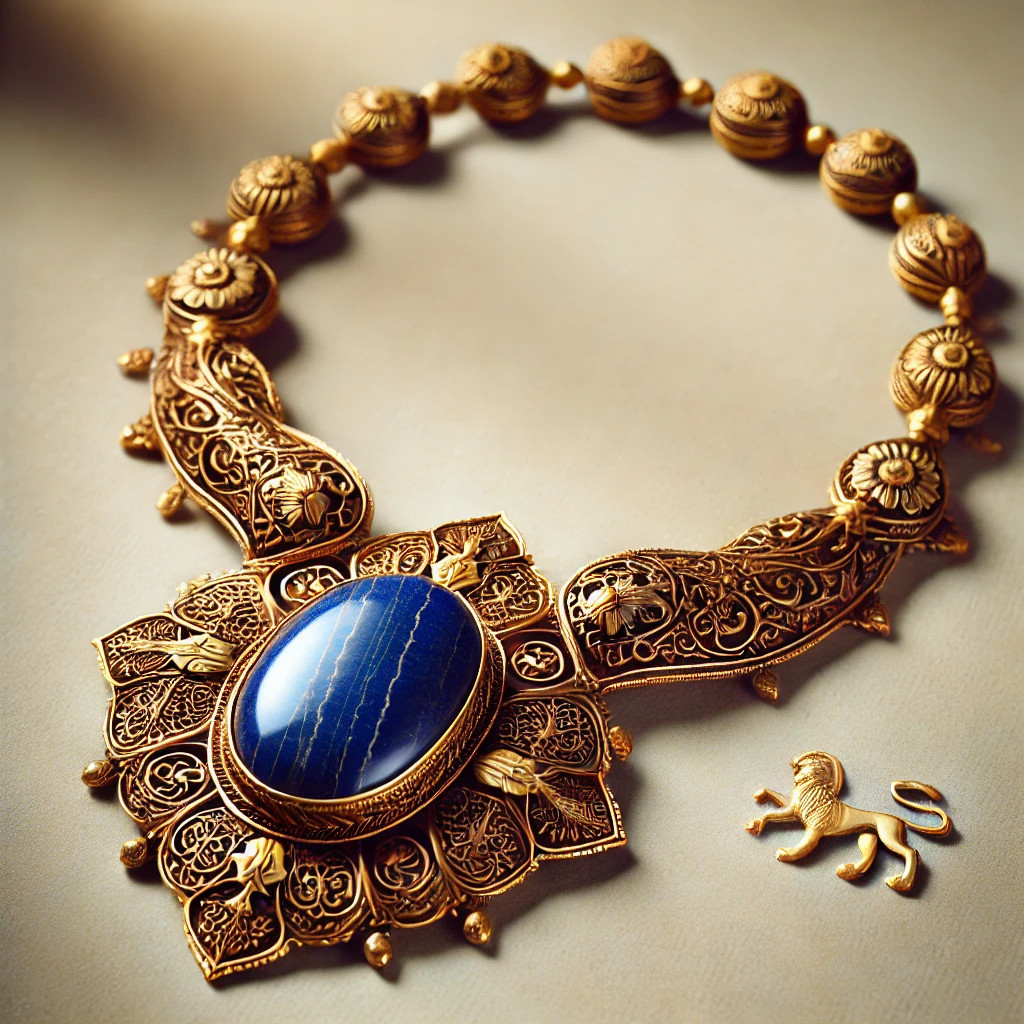
Leave a comment